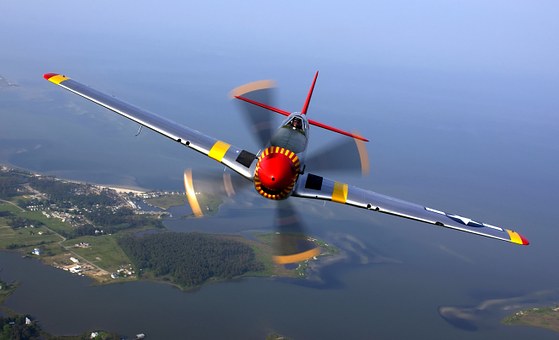Correctness for Misconceptions about Aircraft.
1. Wings create lift because they are curved on top and flat on the bottom. INCORRECT.

Incorrect...
because only some wings look like that, while other wings are symmetrical (they're the same on top and bottom,) while still others are flat on top and curved on the bottom!
And don't forget the hang-gliders and the Wright Brothers' flyer, both of which used thin fabric wings with equal curvature top and bottom. The lifting force does not vanish if an airplane fly upside-down. Explanations for flight involve other things, and not airfoil asymmetry.
2. Part of the lifting force is due to Bernoulli effect, and part is due to Newton. INCORRECT
Incorrect because ALL wings, regardless of shape or degree of tilt, must create 100% of their lift because of Newton. To say otherwise would mean that a wing could violate Newton's Laws! Yet at the same time, ALL wings create 100% of their lift because of the Bernoulli Equation. This is true because 100% of the lifting force comes from pressure differences on the wings' surfaces.
In fact, we can explain the lifting force by "Newton," by ignoring the pressure differences and instead measuring the dense deflected air and calculating the change in momentum.
And of course we can explain 100% of the lifting force by "Bernoulli", by looking at air speeds and then calculating the air pressure on every part of the wing surface.
3. To produce lift, the shape of the wing is critical. YES AND NO.
Incorrect because aerodynamic scientists have found that there are two critical features of all airfoils: the trailing edge of the wing must be fairly sharp, and the trailing edge of the wing must be angled downwards. This is discussed in advanced textbooks in the chapters on circulatory flow, in the section on "Kutta Condition."
Static wings are allowed to have all sorts of crazy airfoil shapes, but if they don't have a downwards-tilted trailing edge which is sharp, they won't lift an airplane.
Other features of wing-shape are important but not critical. For example, in order to prevent stall, the leading edge of the wing must be fairly bulbous and the wing's upper surface must lack sharp curves as well as being fairly smooth (no bumpy screws or rivets allowed.) If the wing's leading edge is too sharp, or if its upper surface is made wrong, then the flow of air above the wing will break loose or "detach," and it will no longer be guided downwards by the upper surface. This problem is called a "stall," and during a stall the amount of lifting force contributed by the upper wing surface becomes very small.



Comments
Post a Comment